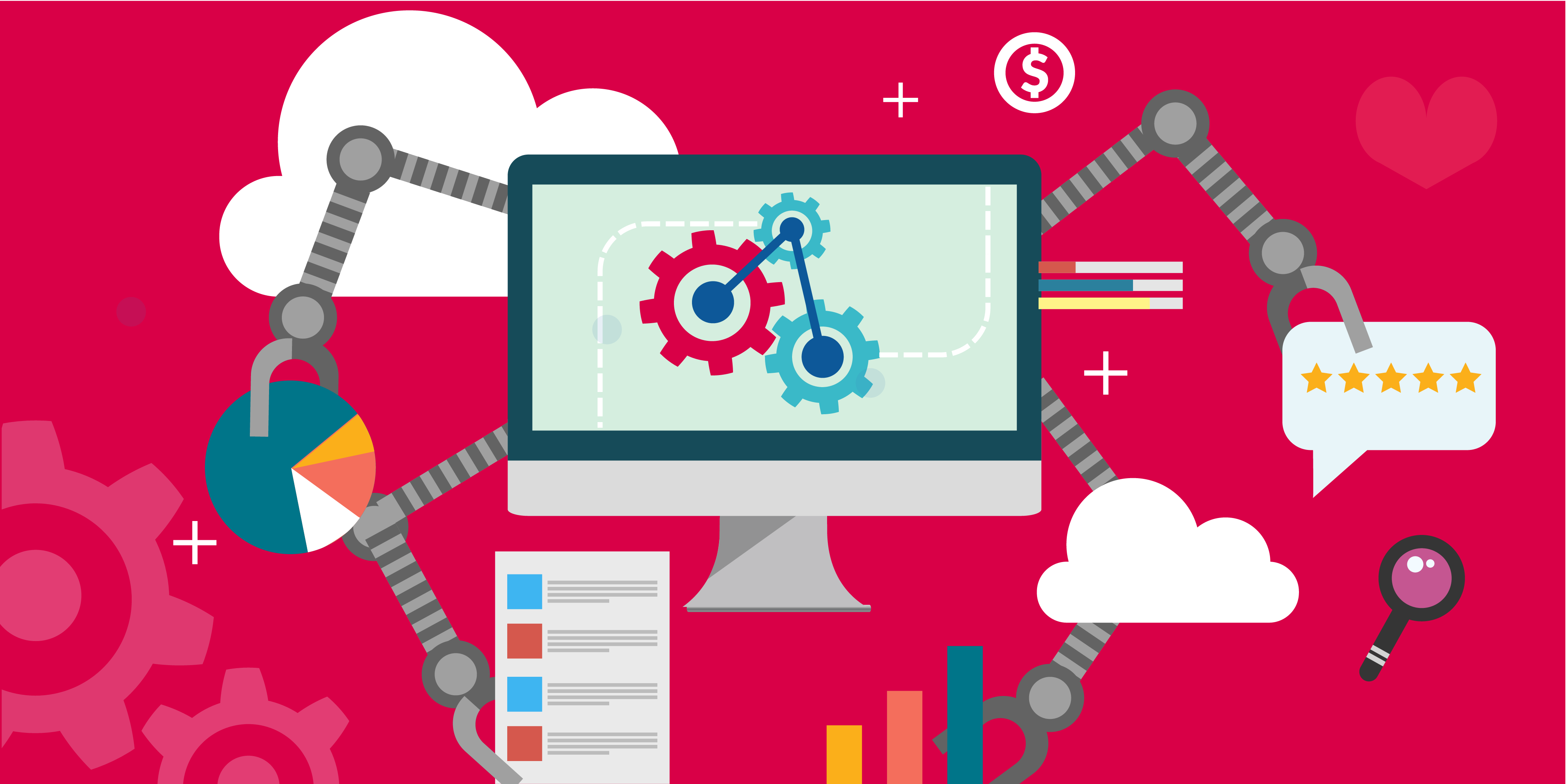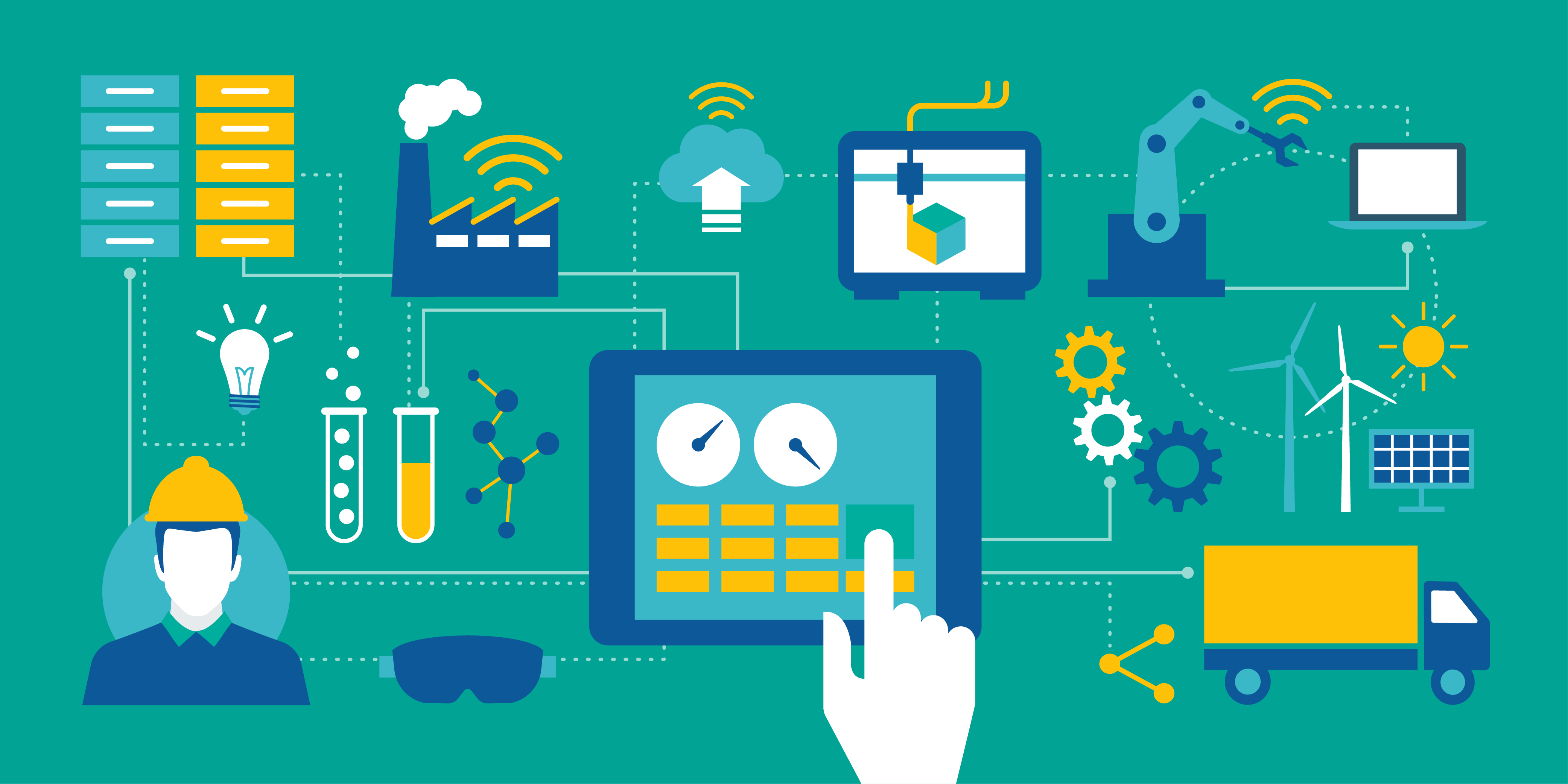The future of sales and marketing is changing. As 2022 nears its end, many SMB (small to mid-sized) B2B businesses are looking toward the evolving future of their sales and marketing teams, through both innovative strategies and the existence of changing buyer trends. Customers have begun to turn away from traditional buyer journeys and are leaning further into a digital-first approach, heightening their expectations of a company’s digital services and experience every year. This is happening at such a quick pace that it’s predicted that by 2025, 80% of B2B sales interactions between suppliers and buyers will occur in digital channels.
This places both your b2b sales and marketing teams in a precarious position, as clarity needs to be provided on where customers are coming from, what content they prefer, what they’re interested in, how they wish to be contacted and on which communication channel. Not forgetting that this must all be done and recorded through digital tools.
Did you know that 66% of consumers have used three or more communications channels to contact a brand’s customer service.
Marketing does in this instance have a bit of a lead over sales with Marketing Automation becoming the norm. It’s important to remember that automation is more than just sending emails, it’s automatic and triggered replies, social media scheduling and campaign automation, to name a few of the features of Marketing Automation.

The Future of Sales and Marketing: Who will come out on top?
For marketers, the team has access to a wider audience, creating generalized content that attracts a wider group of potential leads, which can then be nurtured and documented through digital tools. Sales, however, focus on a more personalized approach. Sales target smaller groups or individuals who have shown a higher level of buying motivation and interest. This process of handing off a lead from marketing to sales is where things can break down and disagreements emerge.
More often than not there will be discourse surrounding the quality and conversion rate of marketing qualified leads (MQLs) to sales qualified leads (SQLs) by both teams, causing internal discontent and irritation.
But what if both marketing and sales were housed ‘under the same roof’ with access to the same data and tools required to nurture a lead? Lost leads and finger pointing would reduce or even disappear.
The Future of Sales and Marketing: A Customer-focused Point of View
As important as internal alignment is, the main focused should be on your customers and how your company facilitates a smooth customer journey. Your customers do not go through a customer journey thinking that they are an MQL or an SQL. Depending on their stage, your customers think only of your company as a source of information and possibly someone to buy from. The misalignment between marketing and sales means that your customers fail to receive a linear and high-quality customer journey that is personalized and provides them will all the information they need, when they need it, regardless of whether they are being nurtured by a sales or marketing team.
The future of sales and marketing involves taking the first steps towards complete alignment and unity helps overcome changing customer trends and rising expectations using intelligent Automation. Automation can do more than just assist your marketing team, it can also track your customer journeys from MQL to SQL and recommend improvements, keeping you ahead of the curve.
Check out our latest solution, Sales Engagement, and begin unifying your Sales and Marketing team with ClickDimensions.









